Palmyra is a city facing destruction. Majestic Greco-Roman ruins from 2,000 years ago have been obliterated by armed militants in the Syrian Civil War, which continues to rage on.
A glimpse at how Palmyra once looked—at the dawn of photography and of modern archaeology—is offered by a group of 47 nineteenth-century photographs newly acquired by the Getty Research Institute, and available for download here. Among the prints are views of Palmyra’s 3,000-foot-long colonnade, the tombs bordering the city, and the Temple of Bel and the Temple Baal Shamin, both reportedly destroyed in recent months. The views were captured by Louis Vignes, a French naval officer who was trained by renowned photographer Charles Nègre, and printed by Nègre himself.
In the words of Frances Terpak, the Research Institute’s curator of photography, “these photographs represent rare primary documents of a region and World Heritage Site in crisis, preserving the memory of its ancient monuments and natural beauty for posterity.”
Also included in the suite of prints, Views and Panoramas of Beirut and the Ruins of Palmyra, are 14 photographs of Beirut, the most significant Middle Eastern trading center of the mid-19th century, showing it as lush, comfortable, and serene.

See all posts in this series »

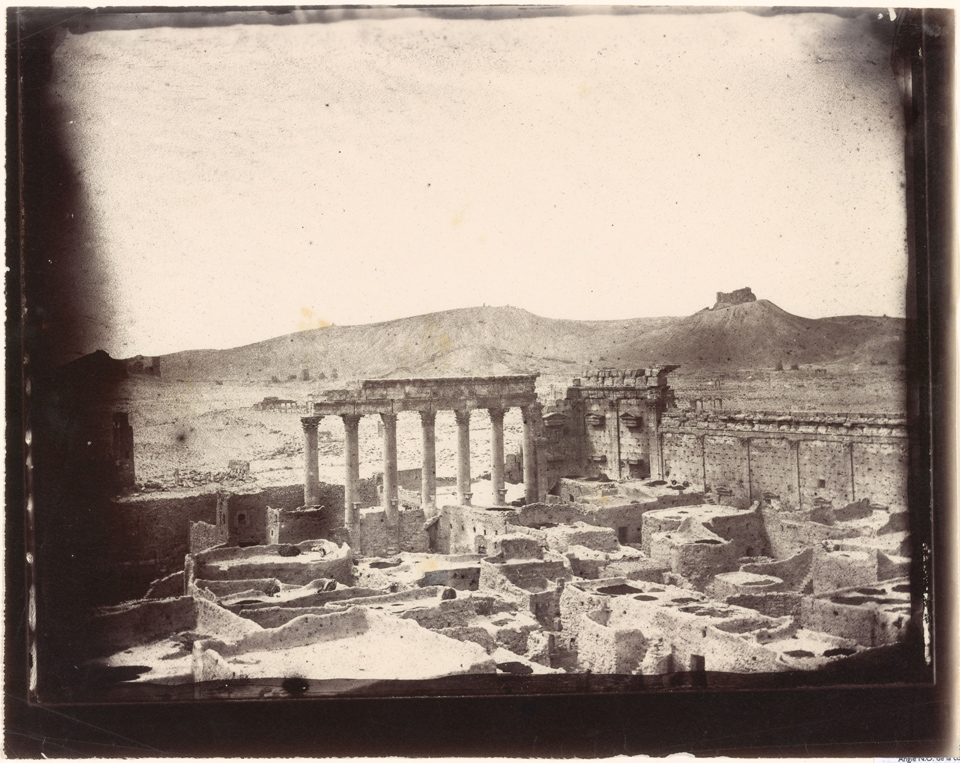


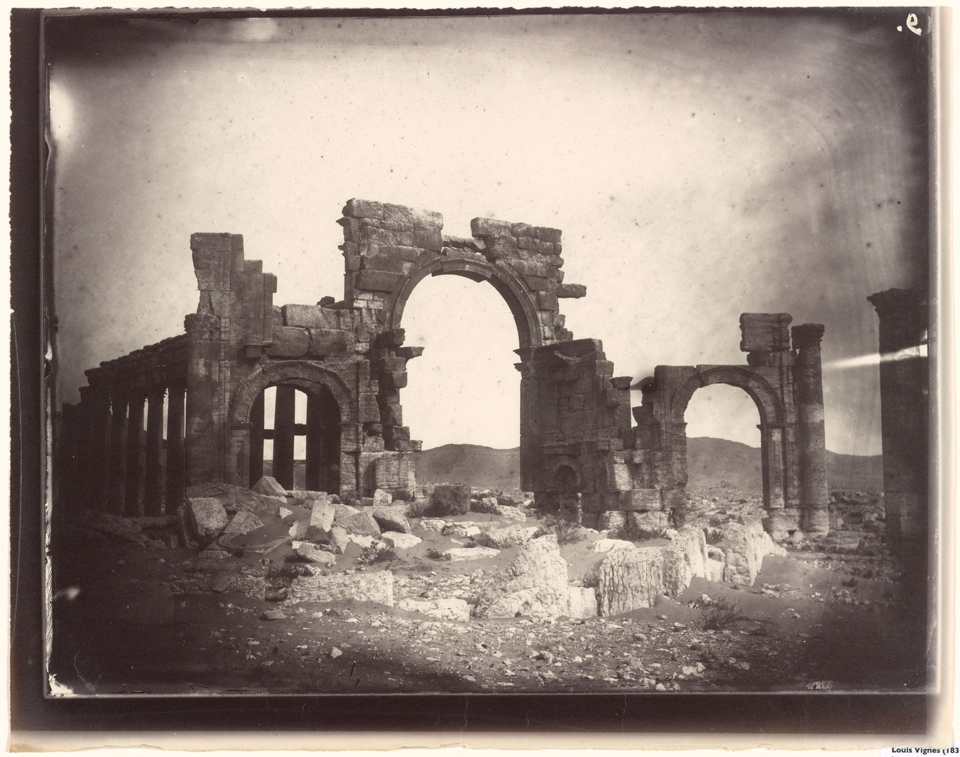
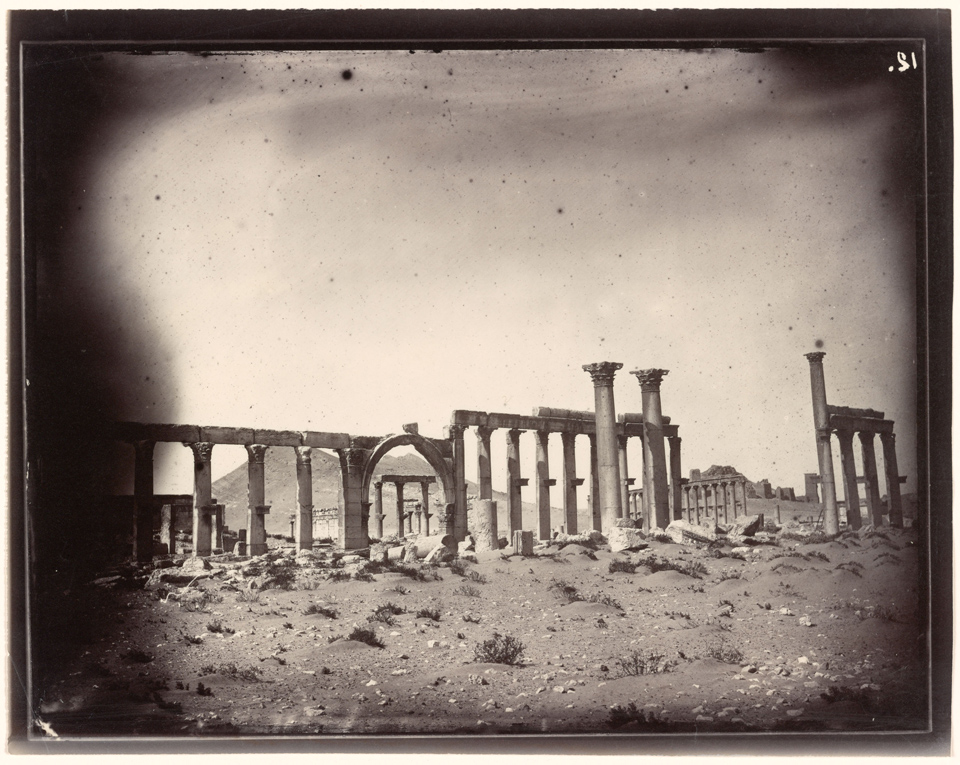
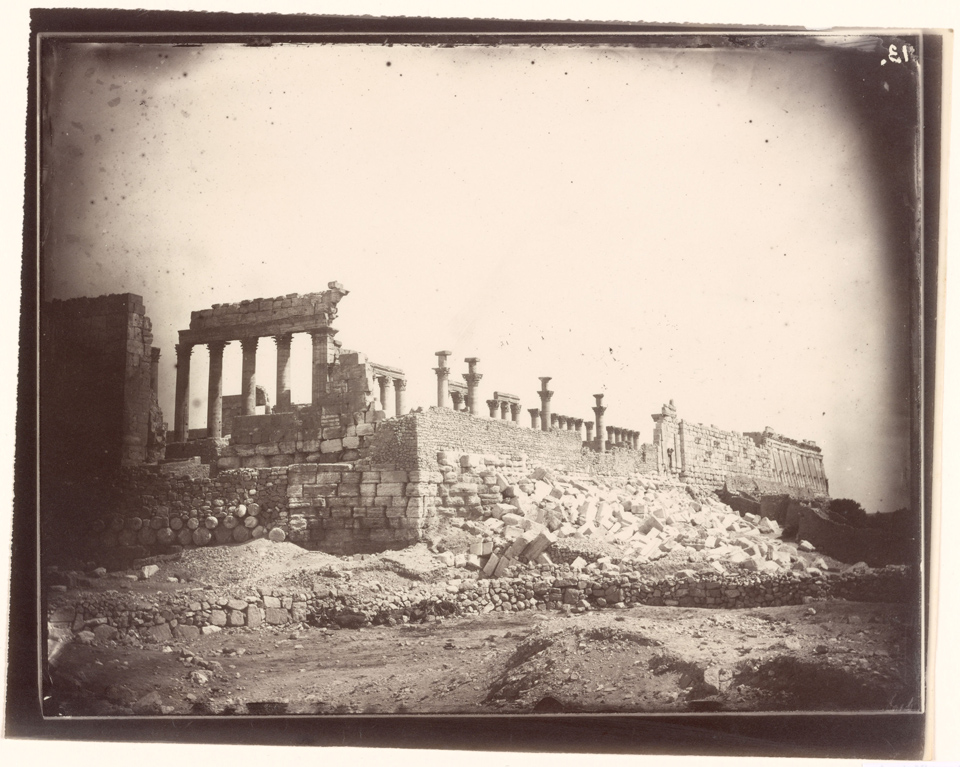
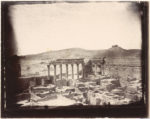
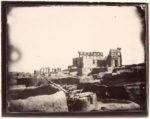
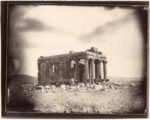
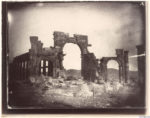
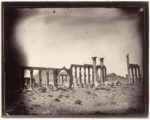




Hello, will these images be available for download (hi res) to use for classroom instruction? We would love to be to show these to students. Perhaps they will be made available via ARTstor?
Thank you
Randi Millman-Brown
Visual Resources Curator
Ithaca College
Ithaca, NY
Hi Randi, They will indeed. The original photographs are fragile and are being digitized (photographed) at the Getty Research Institute right now. From there, the images will go into the library catalog and be available for use there. Thanks for asking!